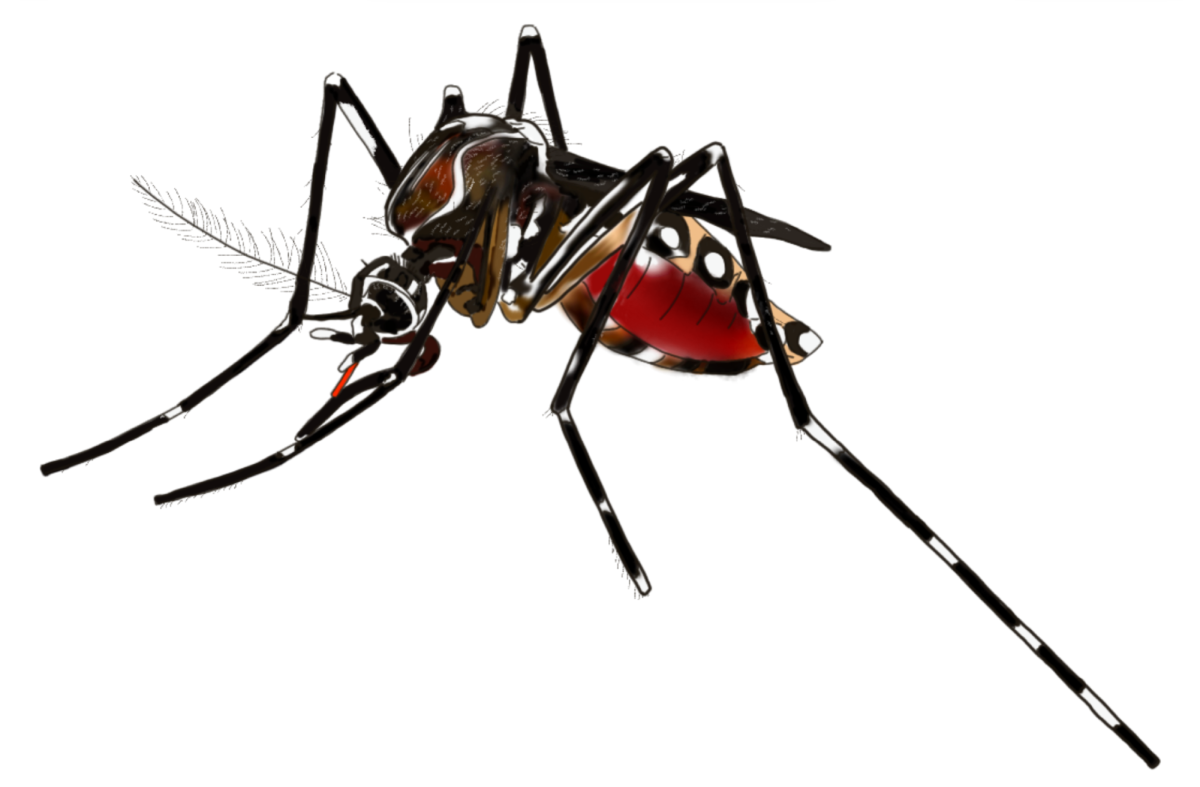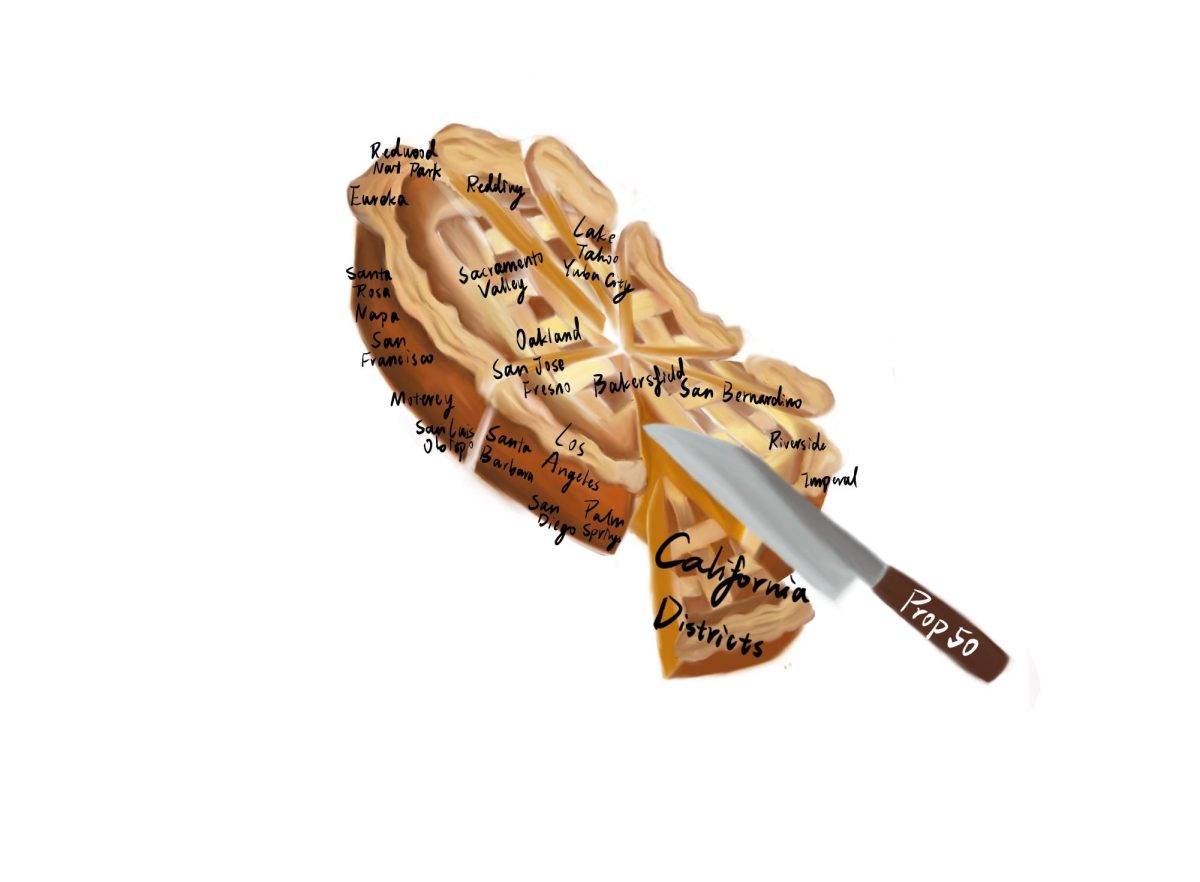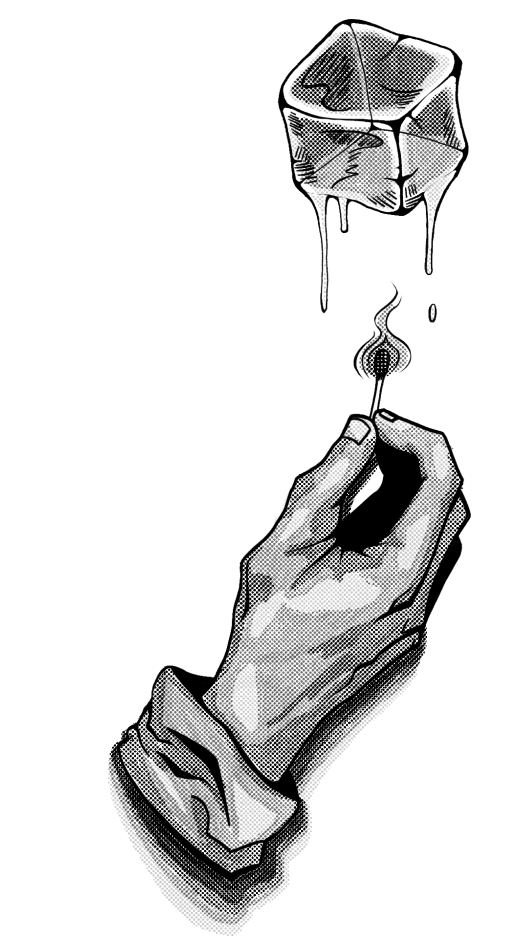With summer ending and the beginning of fall, residents of Claremont have geared up for more days of hiding in their houses, away from the heat and the mosquitoes. The endless scratching of mosquito bites on one’s ankles, arms, and legs has only increased recently. Claremont High students have been reporting record numbers of bites this fall. Aggressive “Ankle-biters,” scientifically known as Aedes Aegypti mosquitoes, have populated Southern California in recent years. From their unique yet absolutely repulsive stripes on their legs, to their slender black torso attached to a sharp needle to suck up blood, these skeeters are truly hard to look at. The needle has the ability to transmit fatal diseases — such as the yellow fever, dengue, and Zika viruses.
Sophomore Lauren Louis is one of the many students who has been experiencing this onslaught of mosquitoes these past few months.
“I looked down and saw a small menace on my thigh pumping and sucking the blood out of me; I thought I was gonna die,” Louis said.
Due to our tropical weather over the past few weeks, there has been a major increase of mosquitoes in SoCal. These small pests are attracted to stagnant water, their typical breeding ground. After female mosquitoes lay their eggs in a wet area, they’ll hatch into larvae that live in the water for 7-10 days while maturing into adults. The aftermath of hurricane Hilary led to plenty of flooding and standing water, causing mosquito numbers to flourish.
Other students have also been coming to school with welts and itches, due to their extracurricular activities — which could include athletics or volunteering outdoors. Senior Amanda Lai runs cross-country and has experienced several mosquito bites as a result.
“My bug bite was the size of a baseball on the side of my calf,” Lai said. “The x method didn’t even work, [since] my nail was too small.”
Fortunately for Lai and other Claremont residents, cooler weather is coming in the next few weeks, switching Southern California’s tropical temperatures to one less satisfactory for the mosquitoes, causing these bloodsucking pests to slow down, fly less, and not bite as often.


















